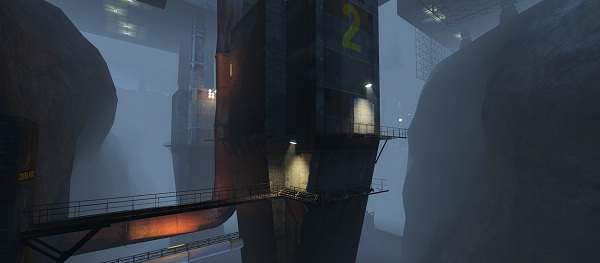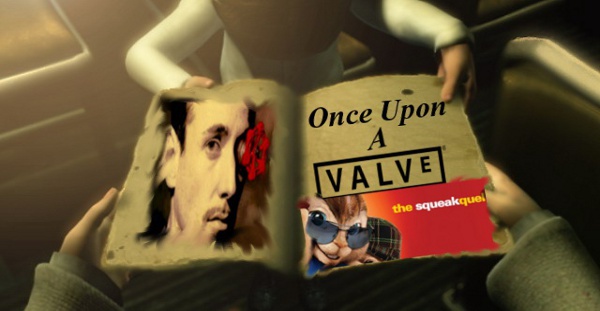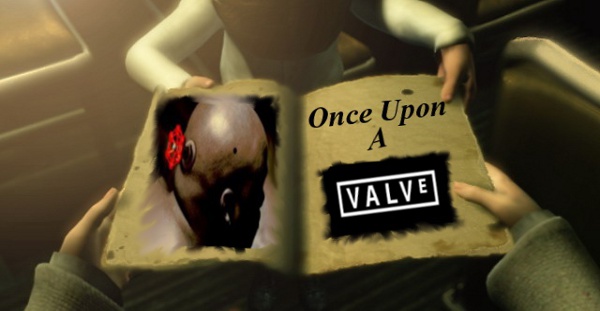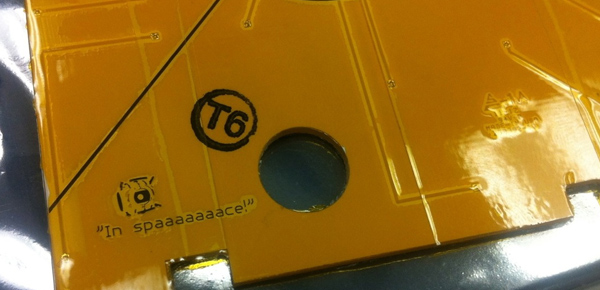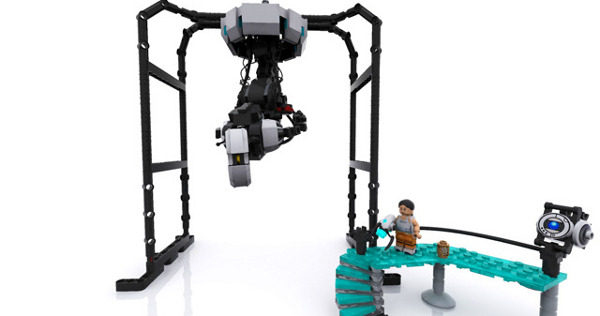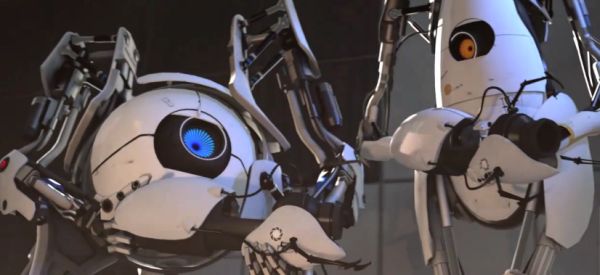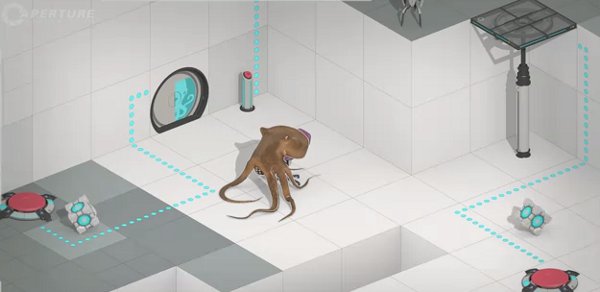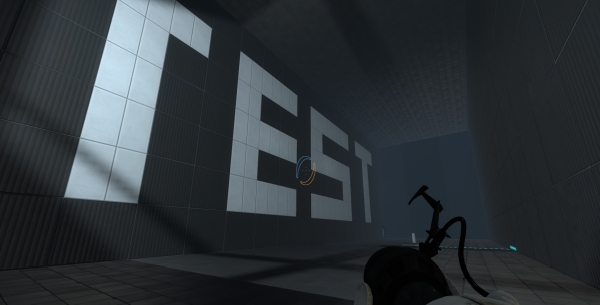

Interrupted while coiling his precious cables, the sound guy glowers at me. “Scarface? What?” Now, the way you can tell games journalists aren’t like other journalists is our shame. We’re shy, we lack the killer instinct, mostly, that enables tabloid hacks to doorstep grieving families and hack murdered children’s phones. I’m a case in point – 6′ 1″, 13 stone – and I’m being intimidated by a diminutive roadie. “His assistant is called Scarface,” I repeat. The roadie shrugs. As he shuffles away, he’s obviously assigned me to the same aberrant category as everyone else still hanging around at the Jonathan Coulton gig – No 1 Fans, all of them.
After the gig, from the gallery of Union Chapel, I look down on the accretion disc of fandom. They’re loitering but not mingling, in the hope of catching another sight of their hero. With its non-conformist heritage, this old Gothic church is a strangely perfect venue for Jonathan Coulton, whose music is packed full of liberality, anti-authoritarianism, irony and inclusiveness – and for his reverential fans. While he’s best known in gaming circles for endlessly singable Portal ditty Still Alive, Coulton is the high priest of geek music. This former programmer’s songs about geek culture are so well known he was made ‘Contributing Troubador’ at Popular Science magazine. (more…)





